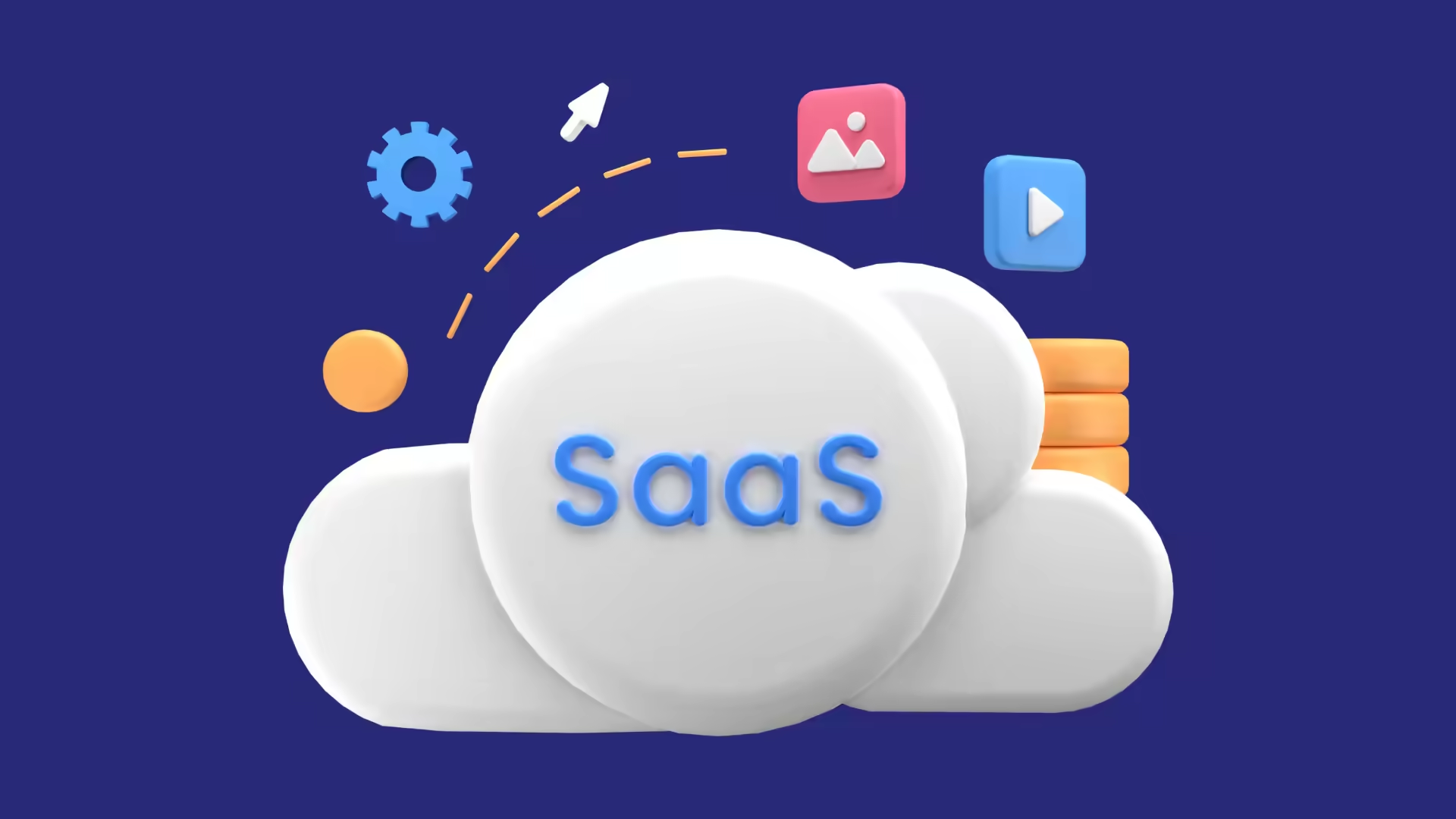In today's digital world, where countless Software-as-a-Service (SaaS) websites compete for users' attention, it is crucial to go beyond aesthetics and focus on the key functional design elements that make a website successful. While a visually appealing interface is important, it is equally essential to create an intuitive and user-friendly experience. In this post, we will explore the functional design elements that every SaaS site needs to grab attention and keep users engaged.
1. Clear Navigation:
One of the fundamental elements of a successful SaaS website is clear and intuitive navigation. Users should be able to easily find what they are looking for without having to search through multiple pages or menus. A well-designed navigation menu should use concise and descriptive labels that accurately represent the content on each page. Additionally, using familiar iconography can help users quickly understand the purpose of each section.
2. Responsive Design:
In an era where mobile devices dominate web traffic, responsive design is no longer optional—it's essential. Your SaaS website must be optimized for all devices—desktops, laptops, tablets, and smartphones—to ensure uninterrupted access for all users. Responsive design crafted by a SaaS website design agency allows your site to adapt fluidly to different screen sizes and orientations while maintaining readability, accessibility, and functionality.
3. CTA Placement:
Call-to-action (CTA) buttons serve as signposts guiding interested visitors toward their desired actions: signing up for a trial, subscribing to a newsletter, or making a purchase. Strategic placement of CTAs can maximize conversions significantly. Intuitive locations like above-the-fold sections or alongside relevant information capture visitors' attention immediately.
4. Social Proof:
Social proof can play a vital role in building credibility and trust among potential customers. Incorporating social proof elements such as testimonials from satisfied clients or industry awards prominently on your site can encourage new visitors to convert into loyal customers by demonstrating your product's value.
5. Visual Hierarchy:
A well-designed SaaS website makes use of a visual hierarchy to guide users' attention and ensure that the most critical information stands out. Visual hierarchy can be achieved through size, color contrast, font styles, and placement. By strategically positioning key elements such as headlines or buttons, you can effectively lead users through the desired user flow.
6. User-Friendly Forms:
Forms are an integral part of any SaaS website—whether it's for signing up, providing contact information, or collecting feedback. Design your forms with a focus on simplicity and clarity. Asking only for essential information reduces friction for the user and increases the chances of form completion. Implementing features like real-time validation and inline error messages assures users that they are filling out the form correctly.
7. Personalization:
Personalization is a powerful way to create a tailored user experience that leaves a lasting impression on your website visitors. By leveraging data such as location, industry, or past interactions, you can customize content and recommendations to suit each visitor's specific needs. Personalization shows that you understand your audience's preferences and helps build meaningful connections.
8. One-Click Support:
Providing excellent customer support is an essential aspect of ensuring customer satisfaction and loyalty. Implementing an easily accessible one-click support feature such as live chat or a support widget allows users to reach out for assistance conveniently without having to leave the page they are on.
9. Performance Optimization:
A crucial aspect of functional design for SaaS websites is performance optimization. Slow-loading pages and laggy interactions can frustrate users and lead to high bounce rates. To ensure a smooth user experience, it is important to optimize website performance by minimizing page load times. Compressing images, utilizing browser caching, and optimizing code can significantly improve loading speeds. Additionally, implementing a Content Delivery Network (CDN) can distribute content across multiple servers worldwide, reducing latency and improving the overall performance of your website.
10. Seamless Integration with External Tools:
Many SaaS applications require integration with third-party tools or services to enhance functionality or streamline workflows for users. It is key to provide seamless integration options within the design of your SaaS website. Whether it's integrating with popular project management tools, CRMs, or payment gateways, ensuring that these integrations are easy to set up and use can significantly enhance the overall user experience. Clearly highlighting the available integrations on your website helps potential customers understand how your software integrates into their existing workflows or enhances their overall productivity.
Conclusion:
By incorporating these functional design elements into your SaaS website's design strategy beyond mere aesthetics, you set yourself apart from competitors in terms of usability, engagement, and trustworthiness while enhancing conversions and customer satisfaction levels significantly. Streamlining navigation paths enables easy exploration; responsive design ensures consistent access across all devices; efficiently placed CTAs maximize conversions; social proof drives trust; optimized visual hierarchy highlights important messaging; simplified forms increase completion rates; personalization creates tailored experiences, while one-click support enhances engagement levels.


